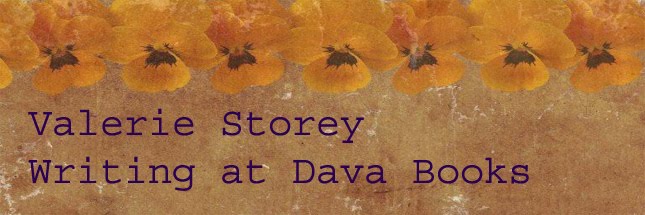 |
| Balancing Act, Pastel Pencil on Toned Paper; |
Hello, Everyone! Happy NaNoWriMo! Hope those word counts are adding up and that you are finding plenty to write about. This year, thanks to a busy day-job and starting a new drawing class on Saturday mornings (sample above), I decided to go slow and steady, sticking to around 2000 words a day, with no weekend marathons. A more-sane approach is helping me to stay calm and positive about the process, and so far I haven't reached any dead-ends or resistance to my story (yet, LOL!). In other words, I'm hanging in there.
The other good thing I'm loving about this year's NaNoWriMo is that it's giving me a solid month of quiet focus to a) recover from finishing my WIP, The Abyssal Plain, and b) gather my strength to market the book, and c) contemplate everything I learned at the SCBWI Handsprings 2014 Conference here in Albuquerque at the end of October.
I haven't written a book for young readers for several years, and it's a field I've been missing, especially as I've had an idea for a picture book rattling around in my head for the last eighteen months. So I could hardly pass up a conference so close to home I even went home for an hour to eat my lunch.
The Friday night and all-day Saturday event featured a fantastic line-up of guest speakers and workshop leaders: Julie Ham Bliven, editor from Charlesbridge; Liz Baker and Patti Ann Harris, editor and art director from Scholastic; and agent Sara Megibow. We also had the excellent input of our local members adding their experience and wisdom to the mix, and I came away with pages and pages of notes and good advice.
Some of my favorites:
- Children's books are big again (yay!). As in REALLY big. If you've ever wanted to write a book for younger readers, this is the time to make that dream a reality.
- When you go to write, however, don't just fall back on the books you enjoyed reading as a child. Take yourself to the library, the bookstore, and read online publishing lists and catalogs. In other words, research. Study what kinds of books are being published today. You might be surprised at how different they are . . .
- . . . as well as being very close to what you loved, too. One of these similarities revolves around the idea of "perennial themes"; subjects that will always be popular, especially in picture books, e.g. bedtime, new sibling, holidays, counting and alphabet books. Study modern approaches to these themes and see how you can add your own personal twist.
- Look for creative ways to layer those themes: e.g., can a bedtime book also be a counting book? (One little lamb put on his pajamas, two little lambs turned out the lights . . . )
- Don't be afraid to explore the "dark side" of your theme/subject. Children need to express and explore negative feelings in a safe and open way.
- Titles are super-important. In fact, they are so important they can determine where your book will be placed in the bookstore!
- This is because many children's books buyers rarely remember the name of the writer or the illustrator (Sad, I know.) But book buyers do remember titles like Mr. Tiger Goes Wild.
- If you're writing a picture book, make a "dummy" to ensure that your words and line breaks flow from page to page. (Easy dummy method: take 8 pieces of paper; fold them in half for a standard 32-page book that includes title and copyright pages.)
- Picture book writers: Always think of your illustrator, even when you have no idea who that will be. Make sure your words inspire LOTS of pictures. There's nothing worse than having an illustrator receive your manuscript and say, "I don't know what to draw."
- Editors can be open to a "reasonable" amount of art notes included with your text, so don't be too inhibited with your suggestions for pictures or a particular style of art.
- Nonfiction writers: editors are looking for NF that reads like fiction. This goes for all age groups; picture books, too.
- Books DO come from the slush pile. Keep submitting, don't give up.
- Editors and agents take your membership in the Society of Children's Book Writers and Illustrators very seriously--so if you haven't signed up, think about joining.
- Read. Read. READ.
- Books in verse for all age groups do well. Rhyming isn't as taboo as you might think. Just be sure to rhyme well.
Tip of the Day: Joining a professional writer's organization, even if you have never been published, is one of the best ways I know to gain both confidence and inside information. If you're interested in writing for a younger audience, consider joining the SCBWI--the networking is excellent, and the constantly-updated marketing and publishing information they provide is invaluable.

No comments:
Post a Comment